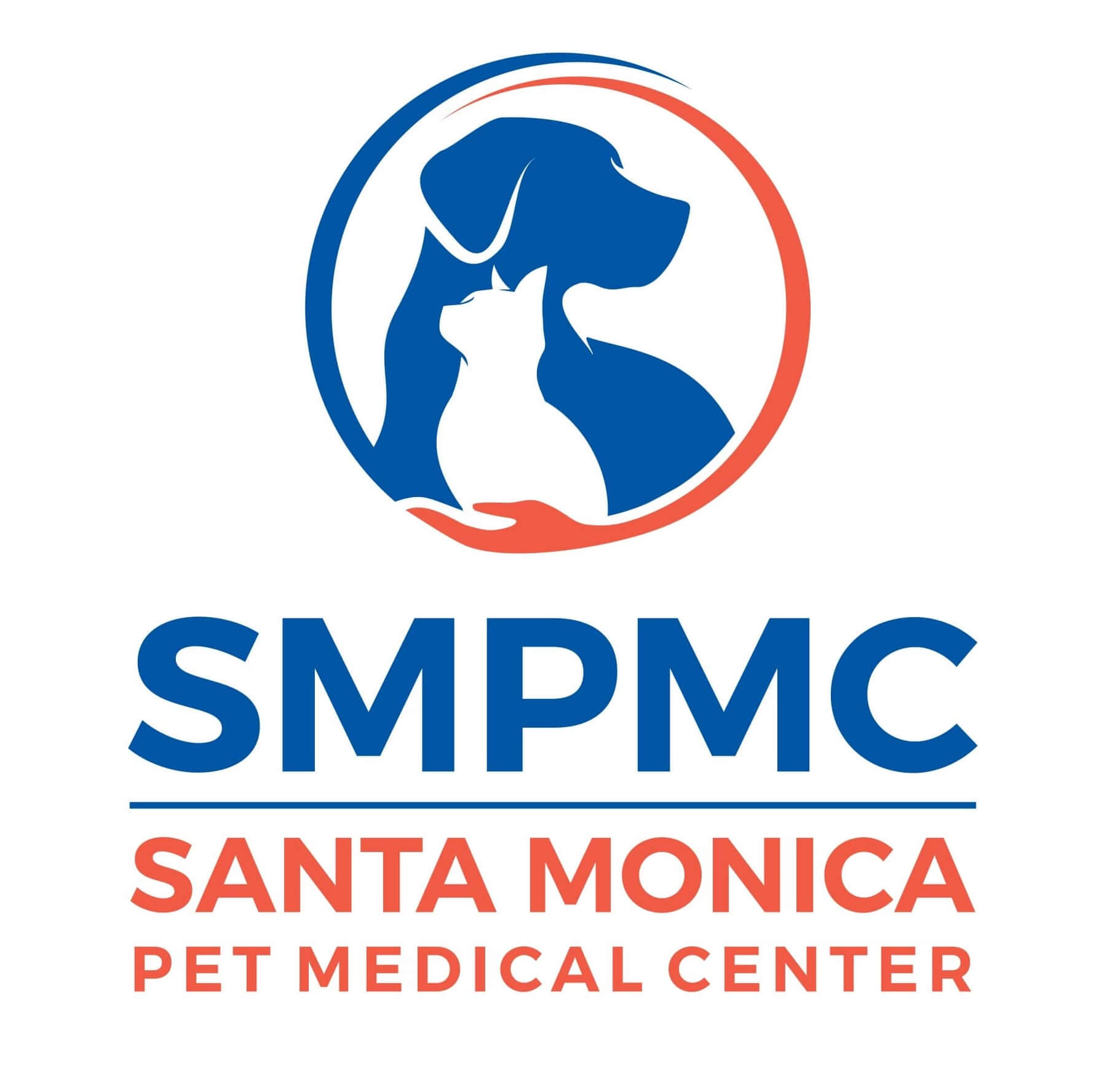Frequently Asked Questions About Canine Giardiasis
Giardiasis is a common intestinal infection caused by a protozoan parasite, affecting pets, livestock, wild animals, birds, and humans throughout the world. Our Santa Monica Pet Medical Center team answers your frequently asked questions (FAQs) about this concerning disease. Remember, we can provide your pet with effective giardiasis treatment if they exhibit illness signs.
Question: What is canine giardiasis?
Answer: Giardiasis is a parasitic infection caused by the protozoan Giardia spp. The parasite’s life cycle is fairly straightforward, consisting of two stages:
- Trophozoite — The flagellate, vegetative stage inhabits a host’s small intestine, where these organisms may attach to the intestinal lining to absorb nutrients and multiply through binary fission. These parasites usually reside in the proximal small intestine and migrate to the distal small intestine or large intestine as the infection progresses. Parasites typically remain in the trophozoite stage for three to 10 days.
- Cyst — Trophozoites differentiate into cysts, leading to the infectious Giardia stage, and an affected animal passes these cysts in their feces where the organism can survive in cool, damp environments for weeks or months. Cyst shedding may continue over several days or weeks, but the process is usually intermittent, especially during a dog’s chronic infection phase.
Q: How is canine giardiasis transmitted?
A: Giardia is highly infectious because affected animals excrete the parasite for a long time, the robust cysts survive for an extended period, and minimal exposure leads to infection. Possible transmission routes include:
- Ingesting or sniffing feces from an infected animal
- Rolling or playing in contaminated soil
- Grooming fur contaminated with Giardia cysts
- Drinking from contaminated water sources
- Eating contaminated prey such as small mammals or birds
Q: What are canine giardiasis signs?
A: Many infected dogs exhibit no illness signs but they pass infective cysts in their feces, becoming asymptomatic shedders. Puppies, senior, and immunocompromised dogs have the highest risk for exhibiting giardiasis signs, which may include:
- Lethargy
- Decreased appetite
- Foul-smelling, poorly formed, pale diarrhea that may contain mucus or fat
- Weight loss
- Excess, foul-smelling gas
- Vomiting
Q: How is canine giardiasis diagnosed?
A: If your dog has diarrhea, our Santa Monica Pet Medical Center team runs diagnostics to determine the underlying cause. Tests may include:
- History — We gather a complete history to determine if your dog has been exposed to a pathogen such as Giardia.
- Physical examination — Our team performs a thorough physical examination, looking for abnormalities and assessing your dog’s hydration status.
- Blood work — We may perform a complete blood count (CBC) and biochemistry profile to evaluate your dog’s overall health and organ function.
- Parvovirus test — Depending on your dog’s age and vaccination status, our team may perform a parvovirus test to
- Fecal test — We may perform fecal tests, such as zinc sulfate floatation and fecal enzyme-linked immunosorbent assays (ELISAs), to diagnose Giardia. Repeated testing over several days may be necessary to detect infection.
Q: How is canine giardiasis treated?
A: Many treatments are available to dogs who have giardiasis. If you have multiple household pets, our Santa Monica Pet Medical Center team should test each. We may treat all of them as a preventive measure. Giardiasis treatment includes:
- Medications — Our team typically prescribes a combination of an antibiotic and an antiparasitic medication to treat Giardia.
- Fluid therapy — If your puppy’s or dog’s diarrhea is extreme, resulting in dehydration, they may need fluid therapy to replace their deficits and correct electrolyte imbalances.
- Bathing — Giardia cysts can remain attached to your dog’s fur, resulting in reinfection when they groom. Bathe your dog at the beginning and end of treatment to help prevent reinfection. If your dog has long hair, trimming their hind end fur may also be beneficial.
- Disinfection — If your dog has Giardia, you should disinfect their environment to prevent reinfection. Ammonia, diluted bleach, and steam cleaning are typically effective against Giardia cysts.
- Rechecks — Ensure you bring your dog to our office for any recommended rechecks.
Q: How is canine giardiasis prevented?
A: Because these parasites are ubiquitous worldwide, not all Giardia cases are preventable. However, to decrease your dog’s giardiasis risk, follow these tips:
- Keeping your dog leashed — Keep your dog leashed when on outings to help prevent them from coming in contact with infected fecal matter.
- Providing clean water — Bring bottled water and a portable bowl on outings to prevent your dog from drinking from contaminated water sources.
- Scheduling regular wellness exams — Schedule your dog’s annual wellness examinations to ensure they remain free from parasites such as Giardia.
- Preventing hunting behavior — Ensure your dog doesn’t hunt and ingest birds or small mammals.
Q: Can I contract giardiasis from my dog?
A: While humans are susceptible to Giardia, the species that infects dogs typically doesn’t affect humans. However, you should practice good hygiene to avoid infection if your dog has Giardia. Wash your hands thoroughly after handling your dog or their fecal matter, dispose of your dog’s fecal matter as soon as possible, and don’t let children or immunocompromised people handle your dog’s fecal matter.
If your dog is experiencing diarrhea or you would like to schedule their wellness examination, contact our Santa Monica Pet Medical Center team.
